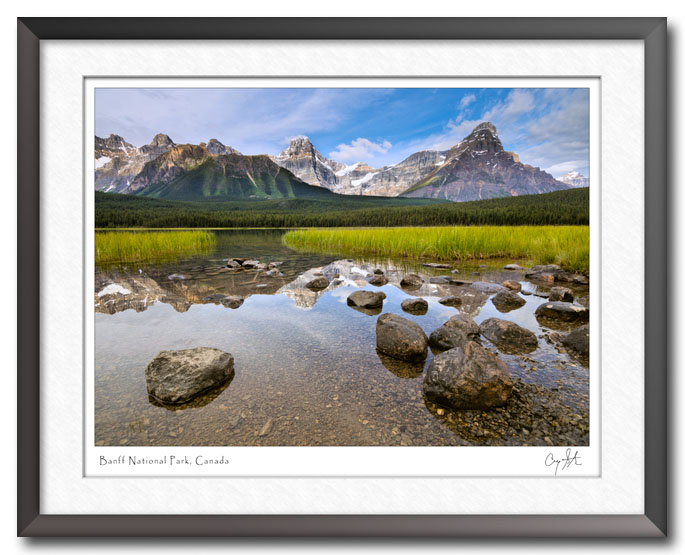When I first began to adopt digital photography processes in the mid-1990’s, I was immediately drawn to its power. Since 2005 I’ve been exclusively using digital cameras and processes, and I definitely like both the process and the results. But, I also see lots of folks who prefer the process and look of film, which left me wondering why I preferred digital.

Before I continue, let me say up front that this post isn’t about film versus digital. That’s one of those arguments where no one wins. Rather, it’s about me, and why I’ve finally concluded that I prefer digital. As it turns out, my exercise in introspection helped me understand other aspects of my taste as well.
Consider woodworkers for a moment. There are two rather sharply divided camps – those who prefer working with hand tools and those who prefer working with machine tools. I’m the type who works with machine tools. When I build something, I’m looking for the mechanical precision that power tools provide. Others prefer the more organic results that result from hand tools, but that’s just not my taste. I do find it ironic that the goal of most hand tool woodworkers is to be able to produce perfectly flat surfaces and perfectly mating joints. Of course, that’s an area where machine tools excel, but the hand tool woodworkers view those as cheating.
It turns out that taste in photography is very similar. Film and wet-chemistry processes provide a more organic result. There are built-in characteristics that end up in the finished print. And, the “best” photographers (think Ansel Adams) have perfected their processes so that they can mold and control many of those characteristics. Digital processes give us the tools to fine-tune just about any characteristic of the image that we want. It takes a lot of skill, practice, training and time to do it well, but the end result can be an image with all of the organic artifacts cleaned up.
So, digital photo processes are a lot like using woodworking machine tools. It allows you to produce results with mechanical precision that is difficult or impossible to achieve with manual processes. Of course, buying a table saw doesn’t immediately create good designs, much less guarantee straight cuts or properly fitting pieces. Likewise, buying a digital camera and Photoshop doesn’t immediately generate good photos, it still takes a lot of skill.
